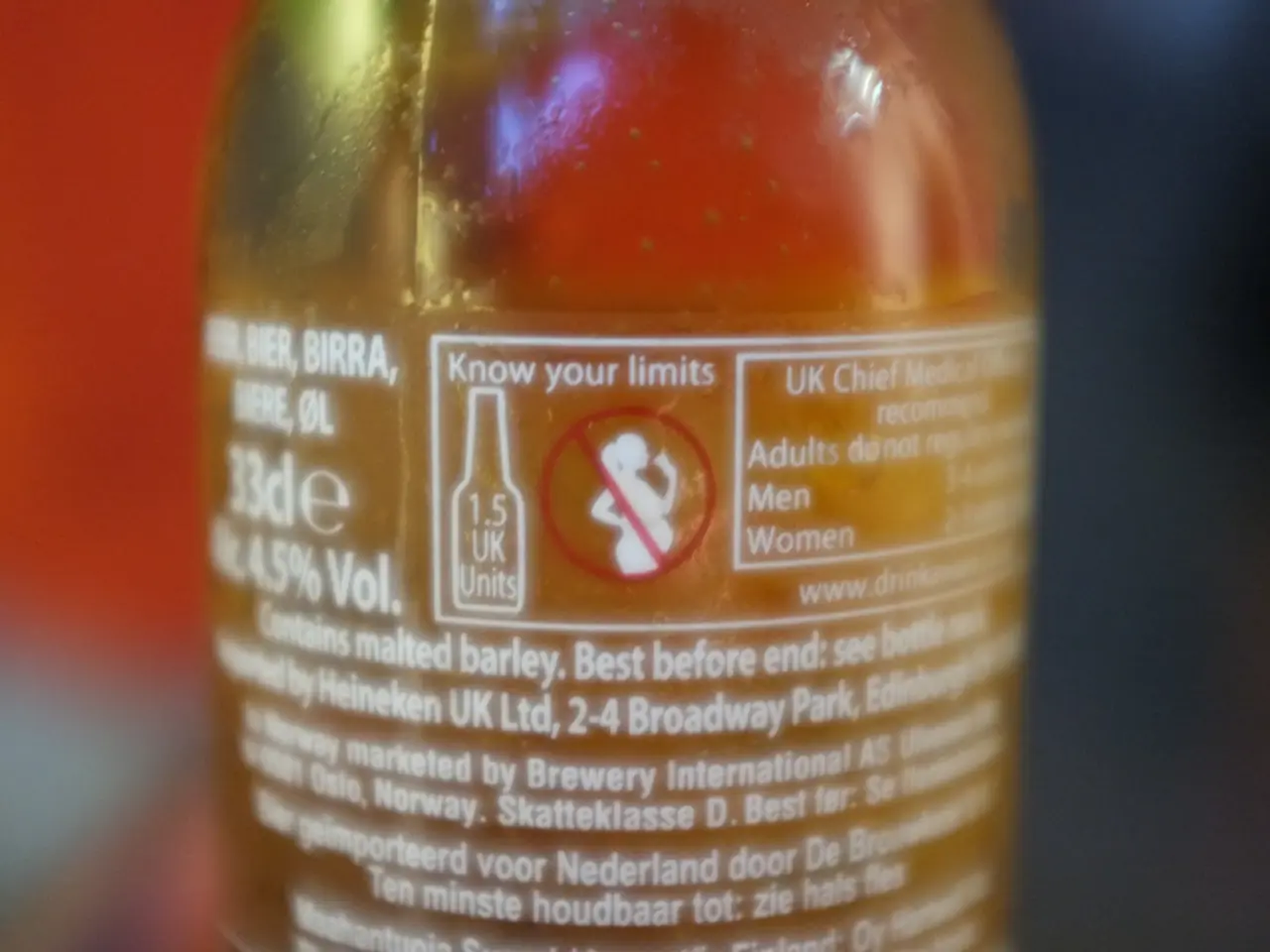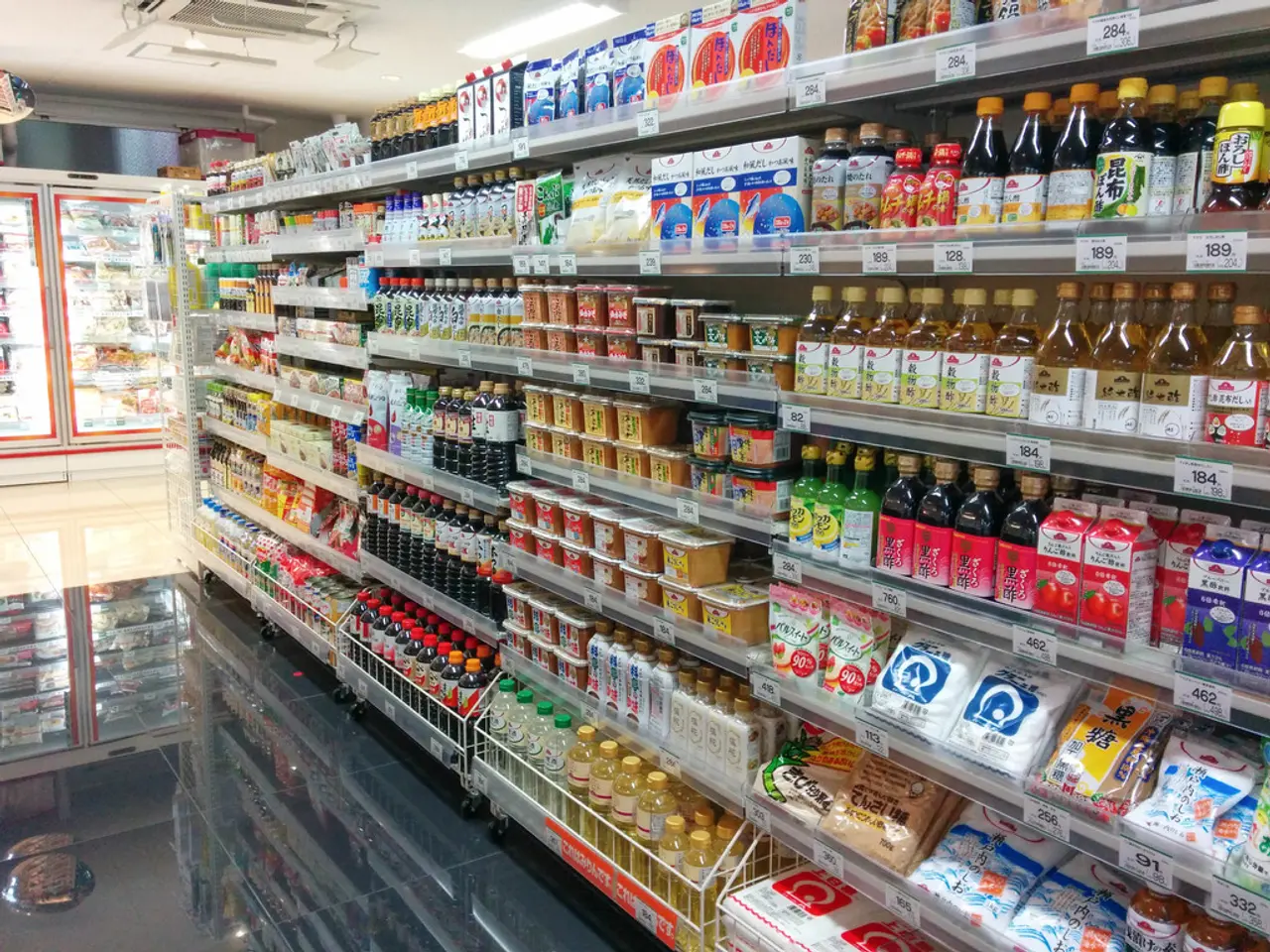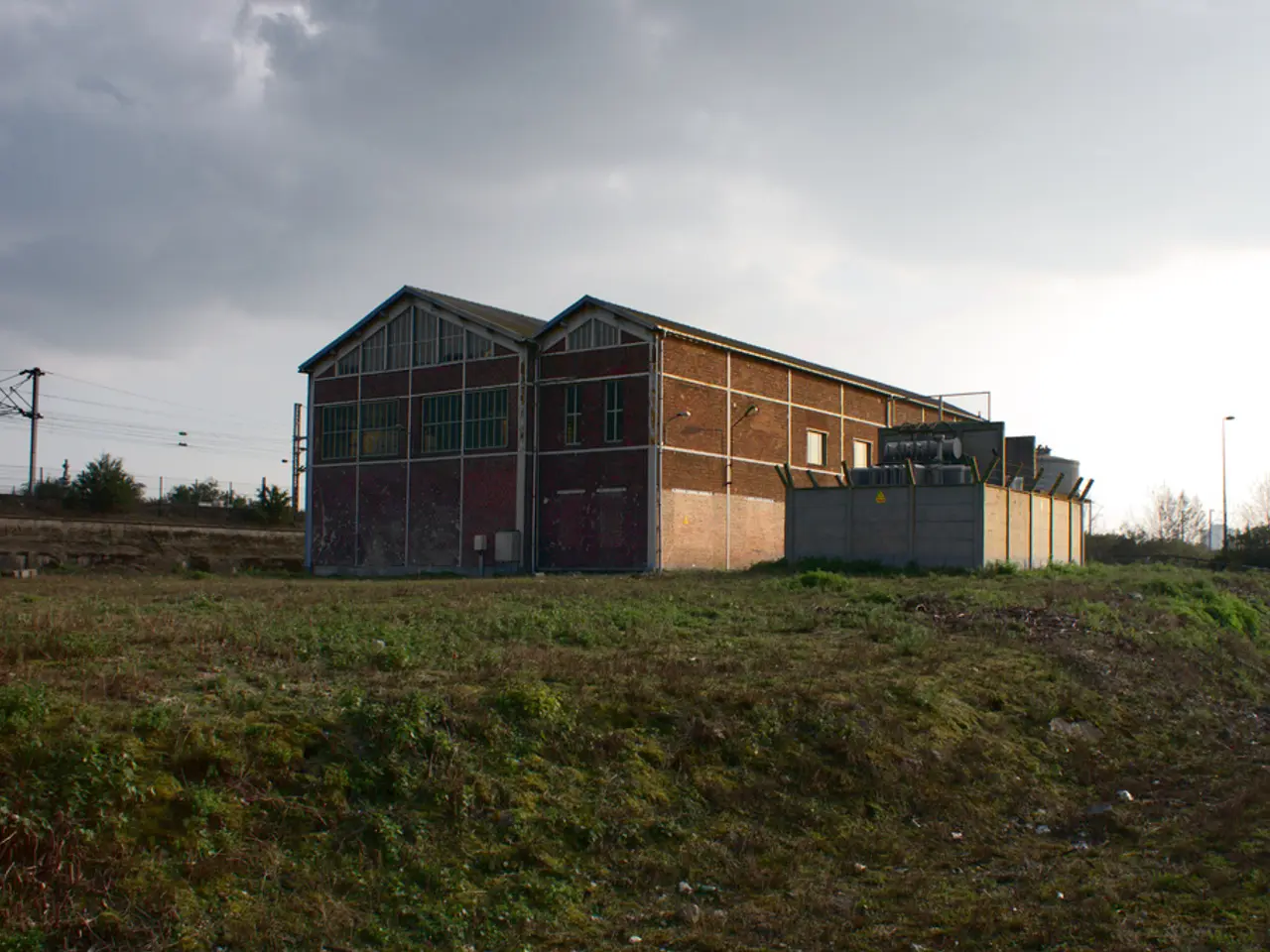Growth Rate of Triethanolamine Market Anticipated to Reach 4.8% by 2034
The global market for Triethanolamine (TEA) and ethanolamines is projected to grow significantly from its estimated USD 2.7 billion in 2024 to around USD 4.4 billion by 2034, at a compound annual growth rate (CAGR) of about 5.0%, according to recent industry reports [1].
TEA, a crucial component of the broader ethanolamines market, is primarily used in various industries such as chemical synthesis, surfactants production, oil and gas, and construction, among others. Chemical synthesis holds the largest market share, while the surfactants segment captures more than 31.8% share [1].
In 2024, global TEA production stood at approximately 518,000 tonnes per year. The Asia-Pacific region dominates the ethanolamines market, accounting for nearly 47.1% of the total share, driven by expanding industrial and petrochemical activities [1].
The primary industries where TEA and ethanolamines are used include chemical synthesis, surfactants production, oil and gas, and construction and cement additives. In 2024, offline distribution channels held a 78.8% share of the global TEA market, catering to industries like personal care, construction, and manufacturing [1].
The personal care sector captured over 29.1% of the global TEA market, driven by increasing demand for skincare, haircare, and hygiene products [1]. In 2024, TEA held a 63.9% share of the global market, primarily used in cosmetics, pharmaceuticals, textiles, and metal treatment due to its superior purity and reliability [1].
Government infrastructure initiatives, such as India's ₹110 trillion National Infrastructure Pipeline, are expected to boost demand for TEA in cement and industrial applications [1]. TEA is also used in household cleaners, textile processing, and metalworking fluids.
Companies like TPC Group, SABIC, SK Chemicals, and AkzoNobel are focusing on optimising TEA production efficiency, exploring new markets in Asia, and developing eco-friendly TEA alternatives to meet the growing demand for sustainability [1]. Evonik is expanding its high-purity TEA offerings for the cosmetics industry and developing bio-based TEA alternatives [1].
Environmental regulations, including the U.S. EPA's amine oversight and California's cosmetics disclosure requirements, are likely to encourage safer and more transparent TEA usage in formulations [1]. The California Safe Cosmetics Program noted over 57,000 product submissions containing hazardous ingredients in 2022 [1].
In North America, the FOB Texas price for TEA was USD 1,301 per metric ton in January 2025 [1]. North America leads the global TEA market, holding an estimated 47.4% share, with the United States being the major production hub [1].
In conclusion, the global TEA market is set to grow robustly in the coming years, driven by increasing demand in various industries, especially the personal care sector, and government infrastructure initiatives. Companies are focusing on optimising production efficiency, exploring new markets, and developing eco-friendly alternatives to meet the growing demand for sustainability.
- The growth of the TEA market in the finance sector could be significant as increasing demand in industries like personal care and construction, driven by government infrastructure initiatives, contributes to its projected growth.
- The focus on optimizing TEA production efficiency and developing eco-friendly alternatives by companies in the industry such as TPC Group, SABIC, SK Chemicals, and AkzoNobel demonstrates the emphasis on business sustainability in the TEA market.




